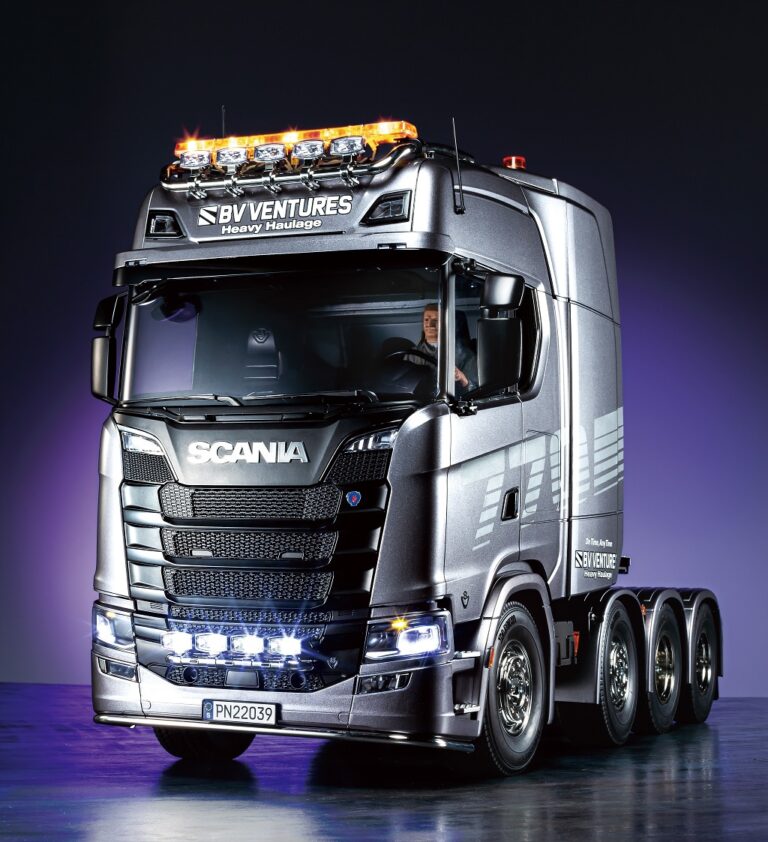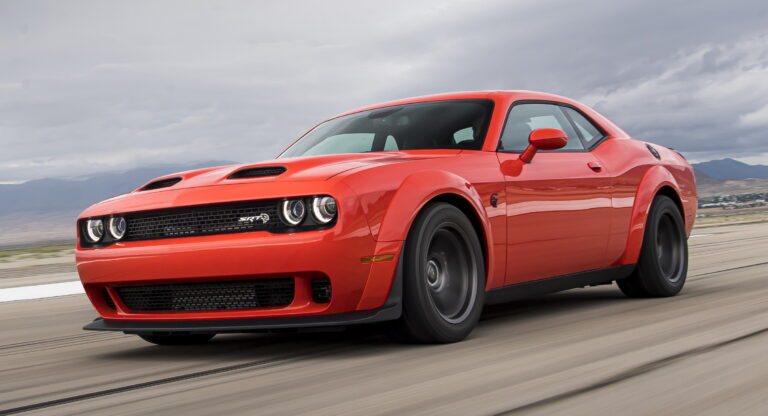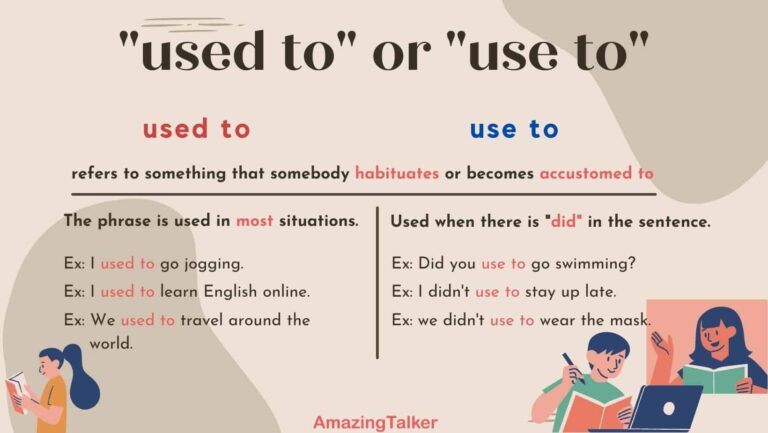U-Haul Car Trailer: Your Comprehensive Guide to Vehicle Transport
U-Haul Car Trailer: Your Comprehensive Guide to Vehicle Transport cars.truckstrend.com
Moving across the country, relocating a classic car, or simply needing to transport a non-drivable vehicle can present a significant logistical challenge. While professional car transport services exist, they often come with a hefty price tag and less flexibility. This is where the U-Haul Car Trailer steps in as an indispensable solution for countless individuals. Designed to allow you to tow another vehicle behind your primary tow vehicle, U-Haul car trailers offer an accessible, cost-effective, and highly practical way to manage your vehicle transportation needs, empowering the DIY mover with control and convenience.
This comprehensive guide will delve into every aspect of U-Haul car trailers, from understanding the different types and choosing the right one, to navigating the rental process, ensuring safe towing, and addressing common queries.
U-Haul Car Trailer: Your Comprehensive Guide to Vehicle Transport
Understanding U-Haul Car Trailers: Auto Transport vs. Tow Dolly
U-Haul primarily offers two distinct types of car trailers, each suited for different vehicles and towing scenarios. Understanding their differences is crucial for selecting the appropriate equipment for your needs.
1. U-Haul Auto Transport (Car Carrier)
The U-Haul Auto Transport, often referred to as a car carrier, is a four-wheeled trailer designed to carry the entire towed vehicle with all four wheels off the ground.
- Description: This trailer features a sturdy platform with ramps for loading the vehicle, four integrated straps to secure the wheels, and an independent braking system.
- Benefits:
- Maximum Security: All four wheels are off the ground, eliminating wear and tear on the towed vehicle’s tires, suspension, and drivetrain.
- Universal Compatibility: Ideal for virtually all types of vehicles, including front-wheel drive (FWD), rear-wheel drive (RWD), all-wheel drive (AWD), and four-wheel drive (4WD) vehicles, without concerns about drivetrain damage.
- Long-Distance Travel: Provides peace of mind for extended hauls, protecting your vehicle from road debris and mileage accumulation.
- Heavier Vehicles: Generally designed to accommodate heavier and larger passenger vehicles.

- When to Use: Opt for the Auto Transport when transporting AWD/4WD vehicles, classic or high-value cars, vehicles with mechanical issues, or when undertaking long-distance moves where minimizing wear on the towed vehicle is a priority.

2. U-Haul Tow Dolly
The U-Haul Tow Dolly is a two-wheeled trailer that lifts only the front wheels of the towed vehicle off the ground, allowing its rear wheels to roll on the pavement.
- Description: Consists of a simple frame with a ramp and two wheel pans, securing the front wheels of the towed vehicle with straps. It’s lighter and more compact than the Auto Transport.
- Benefits:
- Cost-Effective: Generally less expensive to rent than the Auto Transport.
- Lighter & Easier to Maneuver: Its lighter weight and simpler design can make it easier for some tow vehicles to handle, particularly for shorter distances.
- Shorter Distances: Suitable for local moves or transporting FWD vehicles over moderate distances.
- When to Use: The Tow Dolly is best suited for front-wheel drive (FWD) vehicles, as their front wheels contain the drivetrain components that need to be lifted. It is generally not recommended for RWD, AWD, or 4WD vehicles unless specific manufacturer instructions allow it (e.g., disconnecting the driveshaft, putting the transfer case in neutral), as towing these vehicles with their drive wheels on the ground can cause severe transmission or drivetrain damage. Always consult your vehicle’s owner’s manual.

Benefits of Using a U-Haul Car Trailer
Choosing a U-Haul car trailer for your vehicle transport needs offers several compelling advantages:
- Cost-Effectiveness: Compared to hiring professional auto transporters, renting a U-Haul trailer is often significantly cheaper, especially for DIY moves.
- Control and Flexibility: You dictate the schedule, route, and timing of your vehicle’s transport, aligning it perfectly with your moving plans.
- Enhanced Safety & Security: Your vehicle is always under your supervision, mitigating risks associated with third-party handling. Proper loading and securing ensure its safety during transit.
- Convenience for DIY Movers: If you’re already renting a U-Haul truck for household goods, adding a car trailer allows you to move both your belongings and your vehicle in one coordinated trip.
- Preservation of Towed Vehicle: Using an Auto Transport prevents mileage accumulation, tire wear, and potential damage from road debris on the towed vehicle, maintaining its value and condition.
How to Choose the Right U-Haul Car Trailer
Selecting the correct trailer is paramount for a safe and successful towing experience.
1. Vehicle Compatibility
- Weight: The most critical factor. Your tow vehicle must have a sufficient towing capacity to safely pull the combined weight of the trailer and the towed vehicle. U-Haul’s online reservation system will guide you through this, but it’s essential to know your tow vehicle’s Gross Vehicle Weight Rating (GVWR) and Gross Combined Weight Rating (GCWR).
- Drivetrain: As discussed, FWD vehicles can generally use either trailer, while AWD/4WD/RWD vehicles almost always require the Auto Transport.
- Dimensions: Ensure your towed vehicle’s wheelbase, track width, and overall dimensions fit safely onto the chosen trailer. U-Haul provides maximum dimensions for each trailer type.
2. Tow Vehicle Requirements
- Hitch: Your tow vehicle needs a proper hitch receiver (typically 2" x 2" for most U-Haul trailers) with the appropriate weight rating.
- Wiring: A functioning 4-way or 7-way flat electrical connector is required for trailer lights (tail lights, brake lights, turn signals).
- Brake Controller: For the U-Haul Auto Transport, a brake controller is often recommended or required, as it allows you to control the trailer’s brakes independently, significantly improving stopping power and safety. U-Haul trucks typically come equipped with one.
- Tow Vehicle Weight: Your tow vehicle must be substantially heavier than the towed vehicle for safe towing. U-Haul’s system helps ensure this.
3. Distance and Type of Trip
- For short, local moves with a FWD vehicle, a Tow Dolly might suffice.
- For long-distance journeys, any AWD/4WD vehicle, or high-value vehicles, the Auto Transport is the superior choice for peace of mind and protection.
The Rental Process: Step-by-Step Guide
Renting a U-Haul car trailer is a straightforward process, primarily managed online:
- Online Reservation: Visit the U-Haul website (uhaul.com) or use their mobile app.
- Provide Vehicle Details: You’ll be prompted to enter information about both your tow vehicle (make, model, year, hitch details) and your towed vehicle (make, model, year, drivetrain). U-Haul’s system uses this data to recommend compatible trailers and ensure safe towing combinations.
- Select Trailer Type & Dates: Choose between Auto Transport or Tow Dolly based on your needs, and specify your pickup and return dates and locations (local or one-way).
- Review & Confirm: The system will display available trailers and estimated costs. Review your selection and confirm the reservation.
- Pickup: On your scheduled day, head to the U-Haul location. A representative will assist you with the hook-up, inspect the trailer’s condition, ensure proper light connections, and review safety procedures. They will also verify your driver’s license and payment.
- Insurance Options: U-Haul offers various coverage options (e.g., Safetow® for property damage to the trailer and your vehicle). Consider these for added protection.
- Return: Return the trailer to the designated U-Haul location by the agreed-upon time.
Important Considerations & Safety Tips for Towing
Towing a vehicle, especially a heavy one, requires careful attention to safety.
- Weight Distribution is Key: Proper loading of the towed vehicle onto the trailer is critical to prevent sway. The majority of the towed vehicle’s weight should be over the trailer’s axles, slightly forward of the centerline. Follow U-Haul’s loading instructions precisely.
- Secure Strapping: Use the provided heavy-duty straps to secure the towed vehicle’s wheels firmly to the trailer. Ensure they are taut and check them periodically during your journey.
- Pre-Trip Inspection: Before departing and at every fuel stop, perform a thorough inspection:
- Hitch Connection: Ensure the coupler is securely latched to the ball and the safety chains are crossed and attached.
- Lights: Verify all trailer lights (running, brake, turn signals) are working correctly.
- Tires: Check the air pressure on both the tow vehicle and trailer tires.
- Straps: Re-tighten the wheel straps if they’ve loosened.
- Driving Techniques:
- Increased Stopping Distance: Your combined vehicle weight is significantly higher. Allow much more space for braking.
- Wider Turns: Trailers cut corners. Make wider turns to avoid hitting curbs or other obstacles.
- Reduced Speed: Drive slower than usual, especially on winding roads, in strong winds, or during adverse weather conditions. Adhere to posted trailer speed limits.
- Awareness of Sway: If you feel the trailer swaying, gently ease off the accelerator and apply the trailer brakes (if you have a controller) until it straightens. Do not accelerate or brake hard.
- Watch Mirrors: Constantly monitor your mirrors for traffic and the trailer’s behavior.
- Fuel Economy Impact: Expect a significant decrease in your tow vehicle’s fuel efficiency due to the added weight and wind resistance.
- Legal Requirements: Be aware of varying state laws regarding maximum towing speeds, trailer length, and brake controller requirements.
Potential Challenges and Solutions
While U-Haul car trailers offer great utility, you might encounter some challenges:
- Trailer Sway: Often caused by improper weight distribution (too much weight in the rear of the trailer) or excessive speed.
- Solution: Re-adjust the towed vehicle’s position, slow down, and ensure tires are properly inflated. Anti-sway bars can also help.
- Difficulty Backing Up: Towing a trailer, especially a short one like a tow dolly, can make backing up challenging.
- Solution: Practice in an empty lot. For complex maneuvers, it might be easier to unhitch the trailer and manually position it.
- Vehicle Not Fitting: If your vehicle is too wide, long, or heavy for the selected trailer.
- Solution: Always double-check your vehicle’s dimensions and weight against U-Haul’s specifications before reserving.
- Mechanical Issues: If the trailer or your tow vehicle experiences a breakdown.
- Solution: U-Haul offers 24/7 roadside assistance. Keep their number handy.
U-Haul Car Trailer Price Table (Estimated)
Prices are highly variable based on location, availability, demand, and whether it’s a local or one-way rental. The table below provides estimated ranges for typical daily and one-way rentals.
| Trailer Type | Typical Local Daily Rate (Estimate) | Typical One-Way Rate (Estimate) | Max. Towed Vehicle Weight (Approx.) | Key Features | Ideal Use Case |
|---|---|---|---|---|---|
| U-Haul Auto Transport | $60 – $80 | $700 – $1200+ (variable by distance) | 5,290 lbs | All 4 wheels off ground, integrated brakes, heavy-duty straps, ramps. Requires 2" ball, Class III hitch or higher. | AWD/4WD vehicles, classic cars, long distances, maximum protection. |
| U-Haul Tow Dolly | $45 – $65 | $200 – $400+ (variable by distance) | 3,900 lbs | Front 2 wheels off ground, safety chains, basic ramps, wheel straps. Requires 2" ball, Class II hitch or higher. | FWD vehicles, short-to-medium distances, budget-conscious, lighter vehicles. |
Note: One-way rental prices fluctuate significantly based on demand, distance, and time of year. Always get a direct quote from U-Haul for accurate pricing for your specific trip.
Frequently Asked Questions (FAQ)
Q: Can I tow an AWD/4WD vehicle on a U-Haul Tow Dolly?
A: Generally, no. Towing an AWD/4WD vehicle on a tow dolly can cause severe and costly damage to its drivetrain as the rear wheels are still on the ground. The U-Haul Auto Transport is recommended for AWD/4WD vehicles.
Q: Do I need a brake controller for a U-Haul car trailer?
A: A brake controller is highly recommended and often required for the U-Haul Auto Transport due to its heavier weight and the need for independent braking. U-Haul trucks come equipped with a brake controller. For tow dollies, it’s usually not required as they are lighter and designed for smaller vehicles.
Q: What kind of hitch do I need for a U-Haul car trailer?
A: Both the Auto Transport and Tow Dolly require a 2-inch diameter hitch ball. The Auto Transport typically requires a Class III (or higher) hitch, while a Tow Dolly usually requires a Class II (or higher) hitch. Always verify your tow vehicle’s hitch class and weight rating.
Q: How fast can I drive with a U-Haul trailer?
A: U-Haul recommends a maximum speed of 55 MPH when towing. Always obey posted speed limits, which may be lower for vehicles with trailers. Drive slower in adverse conditions.
Q: Can I rent a car trailer for local use only, or just one-way?
A: Yes, U-Haul offers both local (round trip) and one-way rentals for their car trailers. One-way rentals are generally more expensive due to logistics.
Q: What if my towed vehicle breaks down on the trailer?
A: If the issue is with the U-Haul trailer, contact U-Haul Roadside Assistance immediately. If the issue is with the towed vehicle itself, you would need to arrange separate assistance for that vehicle.
Q: Is insurance included with the rental?
A: Basic liability coverage for the trailer itself might be included, but it’s highly recommended to purchase U-Haul’s optional Safetow® or Safemove® Plus coverage, which can protect your own vehicle, the towed vehicle, and the U-Haul equipment from damage during the rental. Check your personal auto insurance policy for existing coverage.
Conclusion
U-Haul car trailers represent a practical, economical, and flexible solution for transporting vehicles across short or long distances. By understanding the differences between the Auto Transport and Tow Dolly, carefully assessing your needs and vehicle compatibility, and meticulously adhering to safety guidelines, you can ensure a smooth and secure journey for your valuable vehicle. While the process demands attention to detail and safe driving practices, the control and cost savings offered by U-Haul make it an empowering choice for anyone looking to take their vehicle transportation into their own hands.





